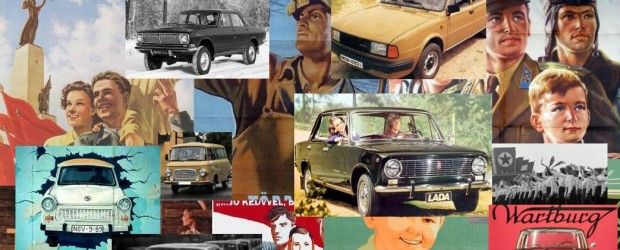Elsősorban strapabíró konstrukciójuk miatt, és múltidéző kinézetük miatt népszerűek.
IMZ-Ural (Russian: Ирбитский мотоциклетный завод, tr. Irbitskiy Mototsikletniy Zavod) is a Russian maker of heavy sidecar motorcycles. Recently the company has developed a solo motorcycle with no sidecar.
In 1940, the Soviet Union acquired the design and production techniques for BMW R 71 motorcycles and sidecars. The first M-72 model was finished in 1941. Originally, factories were to be located in Moscow, Leningrad (now Saint Petersburg), and Kharkov, but due to the approach of Nazi German troops, the Moscow facilities were moved to Irbit, and the Leningrad and Kharkov facilities to Gorkiy (now called Nizhny Novgorod).

A similar model is the Soviet (now Ukrainian) Dnepr motorcycle. Both Ural and Dnepr motorcycles are sometimes known by the generic name, "Cossack motorcycles," which was used between 1973 and 1979 by SATRA in the United Kingdom.[1]
Plans for the M-72 were later sold to the Nanchang Aircraft Manufacturing Corporation, a Chinese industrial firm, to build the Chang Jiang.
History
The origins of the IMZ-Ural are linked to developments in the Eastern Front during World War II. The Soviet Union was preparing for possible military action by Nazi Germany. Joseph Stalin ordered the Soviet military to prepare in all possible areas, including the ground forces that would be defending the Soviet Union against invading German panzer tanks, storm troopers, and special forces. Mobility was especially stressed after the Soviet Union had witnessed the effect of the blitzkrieg on Poland.
A meeting was held at the Soviet Defence Ministry to come up with a model of motorcycle that would be most suitable for the Red Army. The Red Army wanted to modernize its equipment after the suspension of the Winter War with Finland. The motorcycles used up to that point had not worked satisfactorily; their technology was outdated and the manufacturing quality was not adequate to endure the often harsh Russian climate and terrain.
The motorcycle was "modeled after a late-1930s BMW sidecar bike called the R71, which Nazi Germany provided to the Soviet Union after the countries signed a nonaggression pact in 1939." After Germany invaded the Soviet Union, this part of the history fell out of favor.
In 1941, BMW began series production of the R75 and ended production of the R71.

As production escalated, a factory was set up in Moscow producing hundreds of Russian M-72 sidecar motorcycles. The Nazi Blitzkrieg was so fast and effective that Soviet strategists worried that the Moscow factory was within easy range of German bombers. The decision was made to move the motorcycle plant further east, out of bombing range and into the middle of the resource rich Ural mountain region. The site chosen was the town of Irbit, located on the fringe of vast Siberia in the Ural mountains. Irbit had once been an important Trade and Fair centre in Russia before the Revolution of 1917.
The only available substantial building was a brewery outside of town, beyond the railway line. It was soon converted into a research and development building to prepare for the construction of a massive new production complex to build the M-72 motorcycle. On October 25, 1942 the first batch of motorcycles went to the front. During World War II a total of 9,799 M-72 motorcycles were delivered for reconnaissance detachments and mobile troops.
After World War II the factory was further developed and expanded, and in 1950 the 30,000th motorcycle was produced.

Initially, the "URAL" was built for the military only. In the late 1950s, the KMZ plant in Ukraine took over the task of supplying the military and the Irbit Motorcycle Works (IMZ) began to concentrate on making bikes for domestic consumers. In the late 1950s the full production of the plant was turned over to non-military production. In 1957, the M-72 production lines were sold to the Peoples Republic of China.
The export history of URALs started in 1953, at first mainly to developing countries. Between 1973 and 1979, Ural was one of the makes marketed by SATRA in the United Kingdom as Cossack motorcycles.
